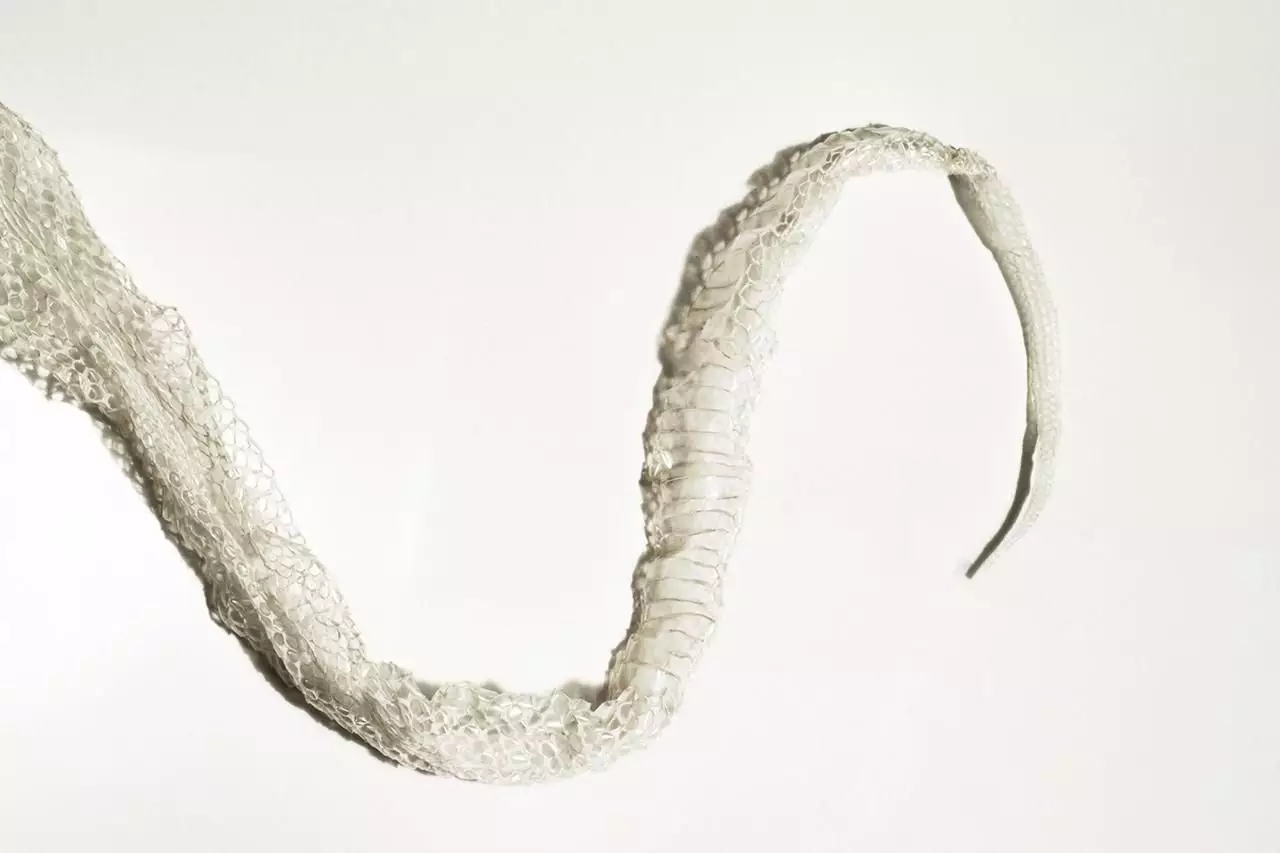Snakes, as fascinating creatures of the animal kingdom, have distinct biological processes that are integral to their health and well-being. One of the most notable among these is the shedding of their skin, a natural phenomenon known as ecdysis. Although shedding is a normal part of a snake’s life, it can also be a time of stress. This article aims to elucidate the shedding process, the signs to look out for, measures to mitigate stress, and underlying health issues that could interfere with this essential function.
Throughout their lives, snakes are continually developing new skin cells and need to shed the old ones to accommodate this growth. This process, analogous to molting, serves multiple purposes, including the removal of parasites and the maintenance of skin health. Unlike humans, who shed skin cells in microscopic quantities, snakes shed their skin in one complete piece. This allows not only for physical growth but also for the renewal of their integumentary system.
The frequency with which a snake sheds its skin varies primarily based on age, growth rate, and environmental factors. For instance, juvenile snakes, which experience rapid growth, typically shed every few weeks. In contrast, adult snakes may shed as infrequently as once every few months to a couple of times per year. This variability underscores the significance of closely observing your pet snake’s behavior and condition.
As the time approaches for a snake to shed, certain physical and behavioral changes become evident. Recognizing these signs can help owners provide the necessary support for their pets. Firstly, their eyes may take on a cloudy, bluish tint. This coloring occurs as a lubricant is secreted beneath the outer skin layer, which aids the shedding process. However, prior to the actual shedding, this cloudy appearance dissipates, and the snake’s eyes should return to normal.
Additionally, during this period, the snake’s skin might appear dull or hazy, with a noticeable pinkish hue to its belly. It is not uncommon for snakes to demonstrate a more withdrawn demeanor, seeking solitude by hiding more frequently. Changes in appetite are also typical; many snakes will eat less or may refuse food altogether during this time. Behavioral changes such as increased defensiveness or skittishness can manifest as the snake feels discomfort due to impaired vision.
Owners should also note a heightened need for rough surfaces in the enclosure. This instinctive behavior assists snakes in removing their old skin. An adequate supply of hydration is critical as well; snakes often seek water to soak in during the shedding process to help loosen the skin.
To minimize the stress associated with shedding, owners can take proactive steps. Introducing cage accessories, such as smooth driftwood or stones, can afford snakes the opportunity to rub against surfaces, alleviating the discomfort of shedding. It’s also crucial to maintain a humid environment within the enclosure. A shallow water dish for soaking and a humidity hide filled with damp sphagnum moss can provide necessary relief and comfort.
Handling snakes during shedding should be minimized, as their brand-new skin may be delicate and susceptible to tearing. If handling is unavoidable, gentle interactions are paramount. While it might be concerning if a snake refuses food, it is generally normal behavior during shedding. Healthy snakes can often manage several weeks without eating, particularly if they are larger species.
After the shedding process, examining the shed skin can provide useful insights. The ideal scenario is for the snake’s skin to shed in one complete piece, including the eye caps. If remnants of the old skin persist, it can indicate potential health or environmental issues.
Incomplete shedding, known as dysecdysis, can result from various factors and should not be overlooked. If a snake is not shedding properly, it can point to problems in husbandry, such as inappropriate humidity levels or unsuitable substrates in the enclosure. Furthermore, health issues such as infections, parasites, or nutritional deficiencies can also hinder the shedding process.
If eye caps remain post-shedding, it is a condition that requires immediate attention. Owners should familiarize themselves with safe methods to assist in skin and eye cap removal or seek help from a veterinarian specializing in exotic pets.
Understanding the shedding process not only enhances the bond between snake and owner but also ensures that the pet remains healthy and stress-free. Regular veterinary check-ups and a keen awareness of the snake’s behavior are invaluable in preventing complications. If there are any signs of illness or distress, consulting a veterinarian promptly is the best course of action. By equipping themselves with knowledge and resources, snake owners can create a supportive environment that promotes a healthy shedding process for their scaley companions.

